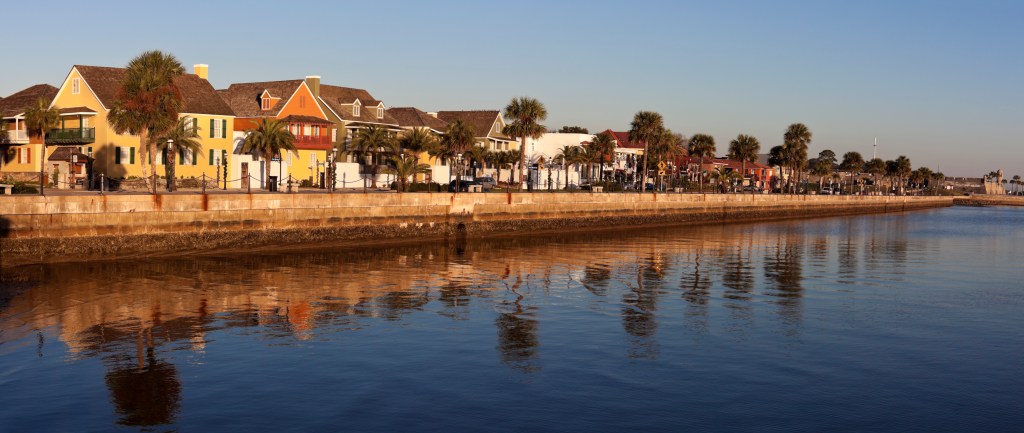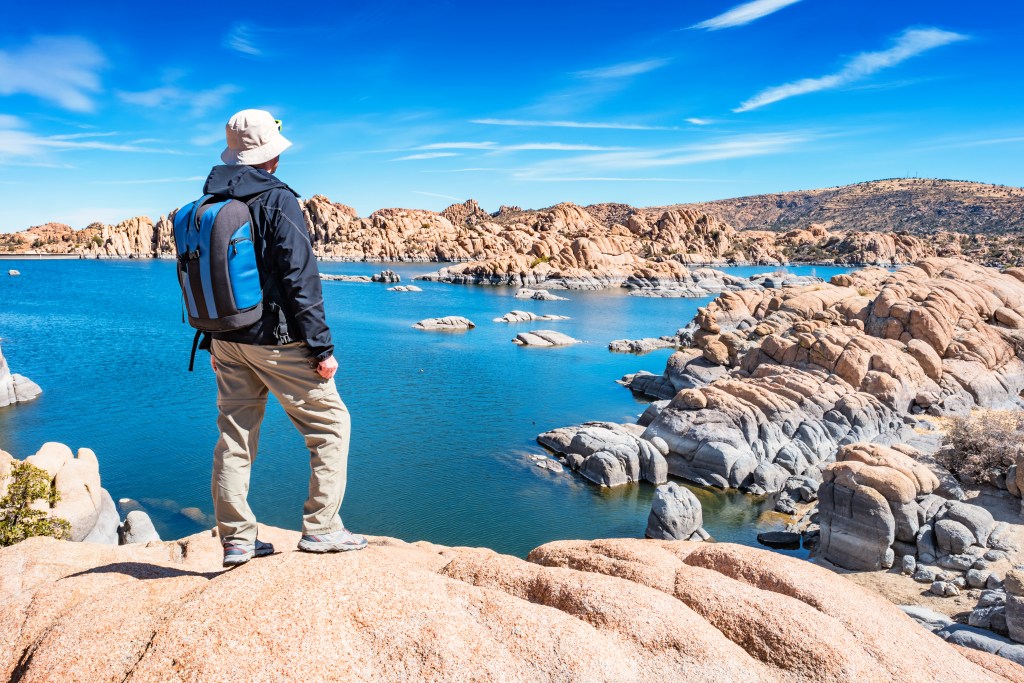When Americans head to Mexico, we tend to stick to the Riviera Maya or Mexico City. (Or Baja, if you’re from Southern California.)
CDMX (an abbreviation for Mexico City from the Spanish Ciudad de Mexico) is having a notable heyday for travelers hungry for a new urban experience. As the largest city in the Americas, Mexico City is a treasure trove of culture, cuisine, and boutique treasures of all stripes.
Can you name the third destination in Mexico that’s gone mainstream over the last decade?
Oaxaca.
Oaxaca is a state with the capital of Oaxaca City. It’s located on the southwestern coast of Mexico, almost directly across from the Riviera Maya.
The region is known for its colorful textiles, rugged expanses, and delicious eats like chiles, chapulines, and chocolate. It’s also home to Zapotec and Mixtec peoples, two of Mexico’s largest indigenous groups.
Unsurprisingly, most Americans end up in Oaxaca searching for new cultural frontiers—ones that aren’t found in places like Isla Mujeres and Tijuana.
If you want to delve deep into Oaxaca, you’ve got a great option at your fingertips: Zapotec Travel by Lily, a tour company that was recently listed on National Geographic’s Traveler of the Year Awards list. Its founder was born in America, then immigrated to Mexico, meaning she’s got a foot in both worlds.
Meet Zapotec Travel by Lily

Zapotec Travel by Lily comes from Lily, a Zapotec woman who was born and raised in Santa Monica, California. She spent her childhood immersed in Santa Monica’s Zapotec community, which is the largest outside the state.
After spending summers in Oaxaca at her family’s home, Lily made the decision to immigrate to Oaxaca City in 2013.
A few months after the big move, she began creating a network of indigenous guides, tours, and providers to organize culturally immersive tours for out-of-towners. Her company now works with over 50 providers, most of which are women-led.
If you read my work, you know that I always recommend booking a tour or two with local guides. There are two main benefits: supporting the community directly (which preserves and empowers those places we love to visit) and giving you a more behind-the-scenes look at a place.
If you’re heading to Oaxaca City, I highly recommend looking at Zapotec Travel by Lily; you won’t find these tours offered anywhere else. Here’s how you can add on a tour or experience from her company.
How does booking with Zapotec Travel work?

Lily’s tour company is very flexible. They offer services for organizing private group tours, a monthly list of group experiences that anyone can join, online consultations for any guides who want to incorporate their guides, concierge services, and even transportation services.
You can ask questions by emailing info@zapotectravel.com.
If you’re traveling solo, with a partner, or in a small group, the easiest way to dive in is to explore the list of monthly activities. You can book activities like rainbow tortilla cooking classes, hands-on pottery classes, agave field tours, and more.
Just read through the list until you find tours that spark your interest, then email the address above to reserve your place.
What are community-led tours like?

If you flipped through that list of monthly activities, I’m sure you noticed the difference from traditional tour booking sites like TripAdvisor.
Zapotec Travel by Lily is a homegrown project—which means you’re in store for a different tour experience.
Community-led tours sometimes have a slower pace than more commercial options. Let yourself unwind and forget about the clock. On top of that, you’ll have a more genuine chance to make connections with guides and experts—but they might not speak English, so feel free to try out your Spanish and Zapotec.
Best of all, you’ll have access to experiences that are more immersive, impactful, and personal than traditional booking platforms.















